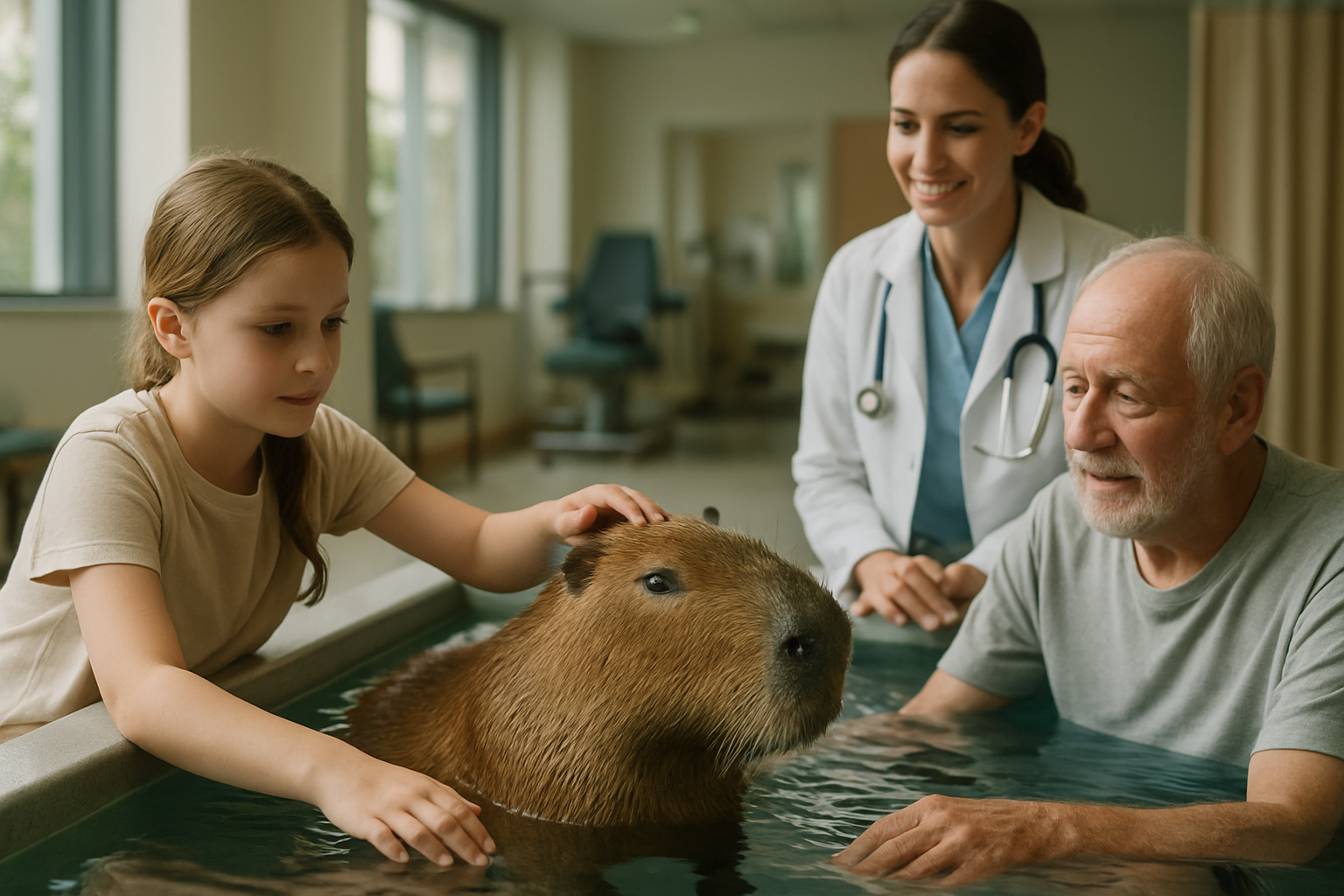Therapeutic Horseback Riding: Hoof Beats of Healing
In the realm of animal-assisted therapy, a unique and powerful approach has been gaining momentum: therapeutic horseback riding. This innovative treatment modality harnesses the gentle power of equines to promote physical, emotional, and cognitive well-being in individuals facing various challenges. From children with autism to veterans battling PTSD, the therapeutic benefits of horseback riding are transforming lives one trot at a time.

In the 1950s, Danish rider Liz Hartel brought equine therapy into the spotlight when she won a silver medal in dressage at the 1952 Helsinki Olympics, despite being paralyzed from polio. Her achievement sparked interest in the potential of horseback riding as a form of therapy, leading to the establishment of therapeutic riding centers across Europe and North America.
The Science Behind Equine-Assisted Therapy
The therapeutic benefits of horseback riding stem from the unique combination of physical, emotional, and cognitive stimulation it provides. Physically, the movement of the horse mimics the human gait, promoting core strength, balance, and coordination in riders. This rhythmic motion can be particularly beneficial for individuals with physical disabilities, helping to improve muscle tone and flexibility.
Emotionally, the bond formed between rider and horse can be profoundly healing. Horses are highly intuitive animals, responding to human emotions and body language in ways that can foster self-awareness and emotional regulation. For individuals struggling with anxiety, depression, or trauma, this non-judgmental connection can provide a sense of safety and acceptance.
Cognitively, horseback riding engages multiple areas of the brain simultaneously. Riders must focus on their posture, the horse’s movements, and their surroundings, promoting improved concentration, spatial awareness, and problem-solving skills. This multifaceted engagement can be particularly beneficial for individuals with learning disabilities or cognitive impairments.
Applications Across Diverse Populations
Therapeutic horseback riding has shown promise in addressing a wide range of conditions and challenges. Children with autism spectrum disorders often experience improvements in social interaction, communication, and sensory processing through equine therapy. The structured yet dynamic nature of riding sessions can help autistic children develop flexibility and adaptability in their thinking and behavior.
For individuals with physical disabilities, such as cerebral palsy or multiple sclerosis, therapeutic riding can offer significant improvements in muscle strength, coordination, and balance. The three-dimensional movement of the horse provides a unique form of physical therapy that engages the entire body in ways that traditional exercises cannot replicate.
Veterans and individuals with PTSD have found solace and healing through equine therapy programs. The calm presence of horses and the focus required for riding can help alleviate symptoms of anxiety and hypervigilance, while also promoting a sense of mastery and accomplishment.
Training and Certification in Equine-Assisted Therapy
As the field of therapeutic horseback riding has grown, so too has the need for standardized training and certification programs. Organizations such as the Professional Association of Therapeutic Horsemanship International (PATH Intl.) and the Equine Assisted Growth and Learning Association (EAGALA) have developed rigorous standards for therapists, instructors, and facilities offering equine-assisted therapy.
Certification programs typically involve a combination of coursework in equine behavior, human anatomy, and therapeutic techniques, as well as hands-on training and supervised practicum hours. Therapists must demonstrate not only their horsemanship skills but also their ability to safely and effectively work with individuals with diverse needs and challenges.
The Economic Impact of Therapeutic Riding Centers
The growing popularity of therapeutic horseback riding has led to the establishment of specialized riding centers across the globe. These facilities not only provide valuable services to their communities but also contribute to local economies. The cost of therapeutic riding sessions can vary widely depending on location and specific program offerings, but typically range from $50 to $150 per session.
Many centers operate as non-profit organizations, relying on a combination of session fees, grants, and donations to cover the substantial costs associated with horse care, facility maintenance, and specialized equipment. The economic impact extends beyond the centers themselves, supporting local feed suppliers, veterinarians, and other equine-related businesses.
Challenges and Future Directions
While therapeutic horseback riding has shown promising results, the field still faces several challenges. Access to equine therapy programs can be limited, particularly in urban areas or regions with harsh climates. The cost of sessions, while often subsidized, can still be prohibitive for some individuals and families.
Research into the efficacy of equine-assisted therapy is ongoing, with a need for more large-scale, controlled studies to solidify its place within mainstream therapeutic practices. As the field continues to evolve, there is growing interest in integrating technology, such as virtual reality simulations, to expand access and enhance therapeutic outcomes.
Despite these challenges, the future of therapeutic horseback riding looks bright. As awareness grows and research continues to validate its benefits, this unique form of therapy is poised to play an increasingly important role in holistic healthcare approaches. The healing power of the horse-human bond continues to offer hope and transformation to individuals facing a wide range of physical, emotional, and cognitive challenges.





